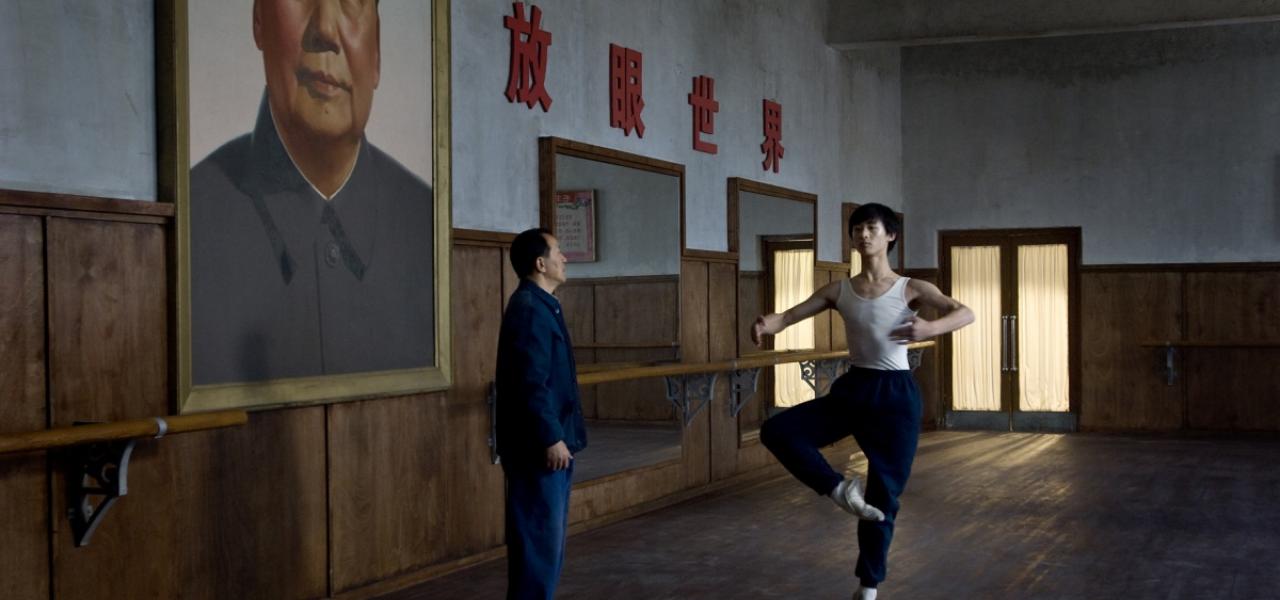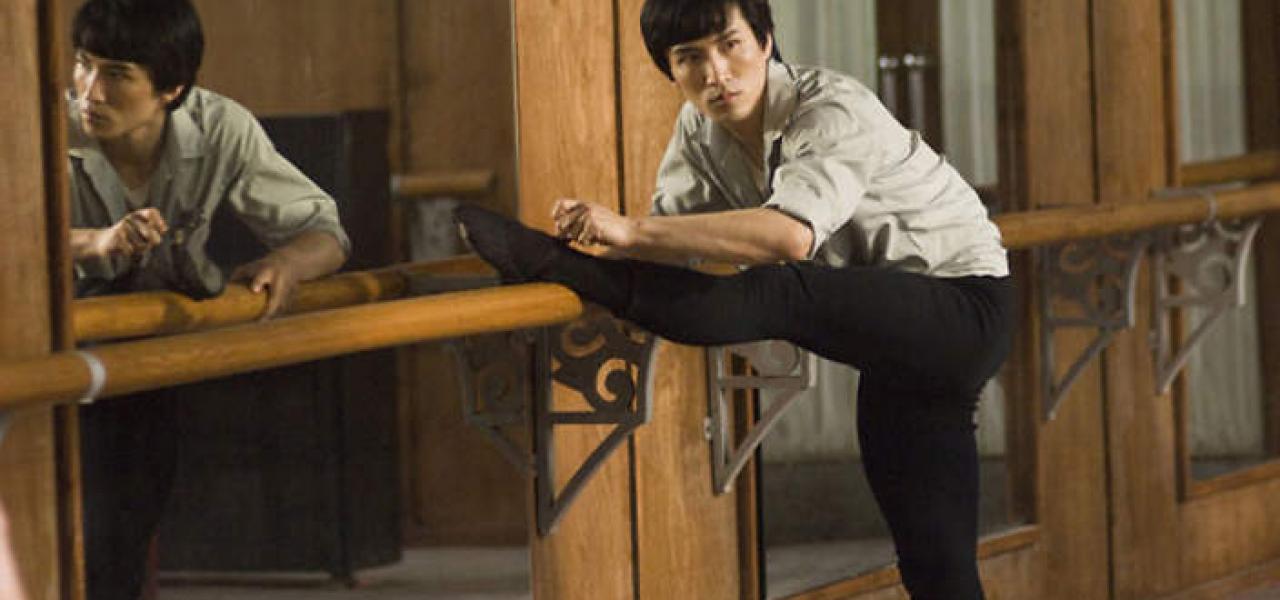ART AS SPIRITUAL FOOD
Through the prism of : Mao’s Last Dancer (2009)
copyright to Thomas Kadmon
Shandong is a Yellow Sea province in eastern China, shaped by the ancient Taoist and Confucian heritages. Taoism looks at life as a play of yin and yang, and at the supple mind as engaging the flow of becoming. Confucianism’s legacy is alive wherever we find respect for ancestors, tradition and authority and for the civilising effects of learning.
Li Cunxin was a boy in Shandong during Mao’s Cultural Revolution - designed to purge the country of capitalist as well as traditional strains of ideology. As China’s communism was parting company with the Soviet version, the last thing Madam Mao wanted at the dancing academy to which Li was selected was the exaltation of classical Russian ballet. Yet Li’s old teacher inspired him with contraband taped visions of Baryshnikov leaping through the air.
Such examples of great performance inspired Li’s purity, intensity and discipline as an artist, but his defining characteristic in the eyes of the touring head of the Houston ballet was the way every sinew strove for that freedom of expression in movement that surpasses the conformity of the best-drilled gymnast. It led to the celebrated defection : Li’s ‘great leap to freedom’ in the United States. Beyond the scope of this biographically-based feature film, Li actually worked for a time as a stockbroker in the capitalist West, before returning to his first love and heading up the Queensland Ballet in Australia, where he lives with his wife and three children.
Mao’s Last Dancer unfolds a dramatic interfaith conflict resolution. Uprooted indefinitely from his peasant family, Li dedicated his performances to them and yearned to revisit his village. When he did, he resolved the conflict between the Confucianist, ancestral sense of belonging and the demands of being artistic ambassador for Red China’s bureaucratic materialism. His long banishment also forced his personal resolution of ideological purity with individual liberty - paralleling the opening of Deng Xiaoping’s China to Western influences.
The interracial romantic dimension of white woman and Asian man is reminiscent of Dragon : The Bruce Lee Story (1993) where Yin finds herself in Yang and he in her, as a Taoism-derived martial art is inculturated in the Western world.
The Australian director of Mao’s Last Dancer, Bruce Beresford, is also responsible for Driving Miss Daisy (1989), a movie about an elderly but fiercely, independent Atlanta Jewess who needs to be chauffeured by an African-American driver played by Morgan Freeman. There follows transcendence of racial prejudice and social convention.
Enjoy art as spiritual food.




